14 Famous Forts and Palaces in India You Should Visit
by Vagatrip
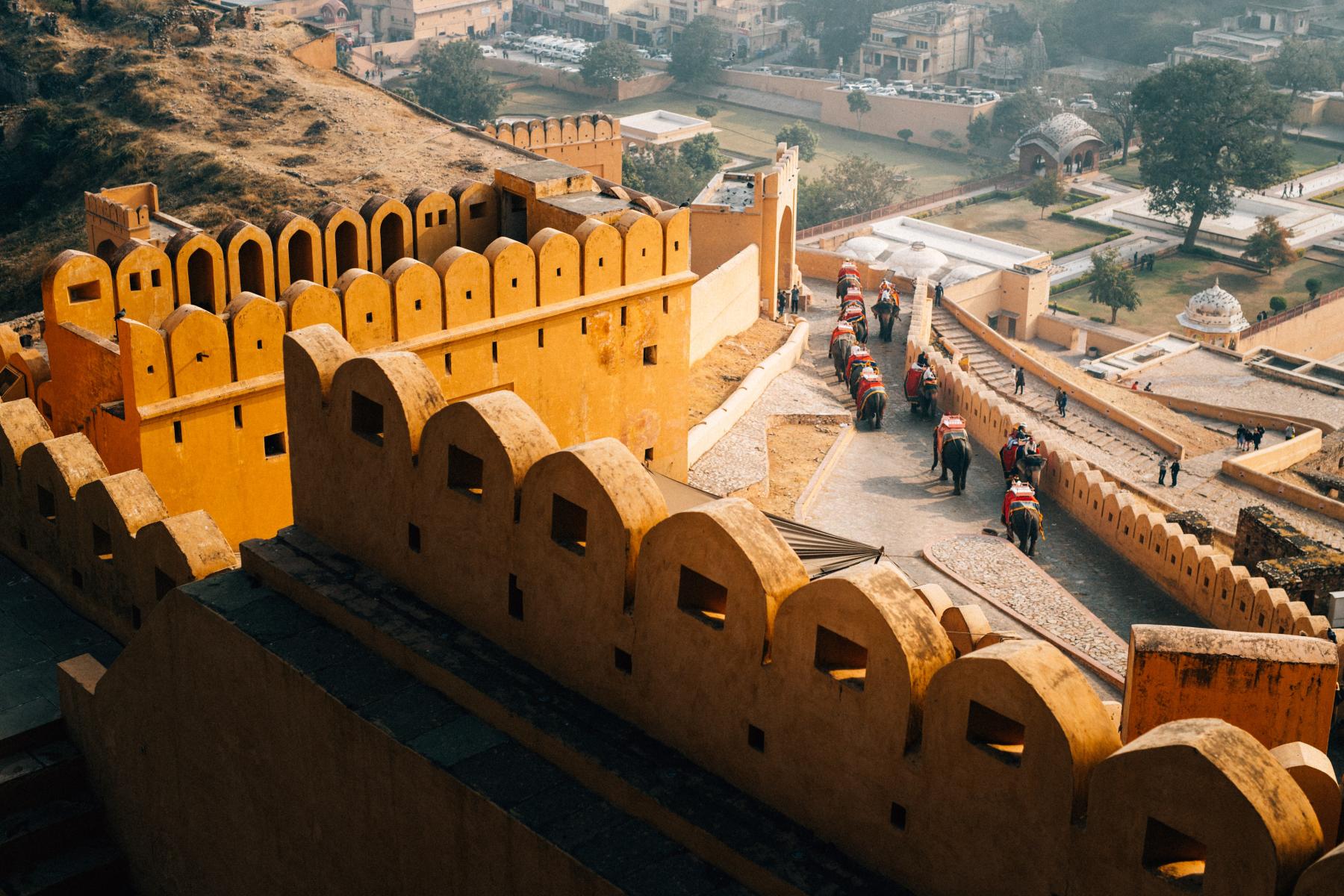
When one thinks of India, forts and palaces come to mind. After all, they're an important part of the country's long history, and they've appeared in countless photographs and documentaries.
As a result, it's no surprise that these architectural marvels are high on tourists' "must-see" lists when visiting India. The majority of India's forts and palaces are in Rajasthan, where clans of warrior Rajput rulers built them before being invaded by the Mughals. They are especially common in Jaipur, the Pink City. However, you'll find them scattered throughout other states as Mughal era remnants.
Many of India's former royal owners have converted many of the country's palaces into hotels. This has been necessary for them to generate an income since their royal status and privileges were abolished by the Indian Constitution in 1971. More information on them can be found in this essential guide to palace hotels in India.
Otherwise, keep reading to learn about 14 of India's most impressive forts and palaces that are open to the public.
01. Amber Fort, Jaipur, Rajasthan
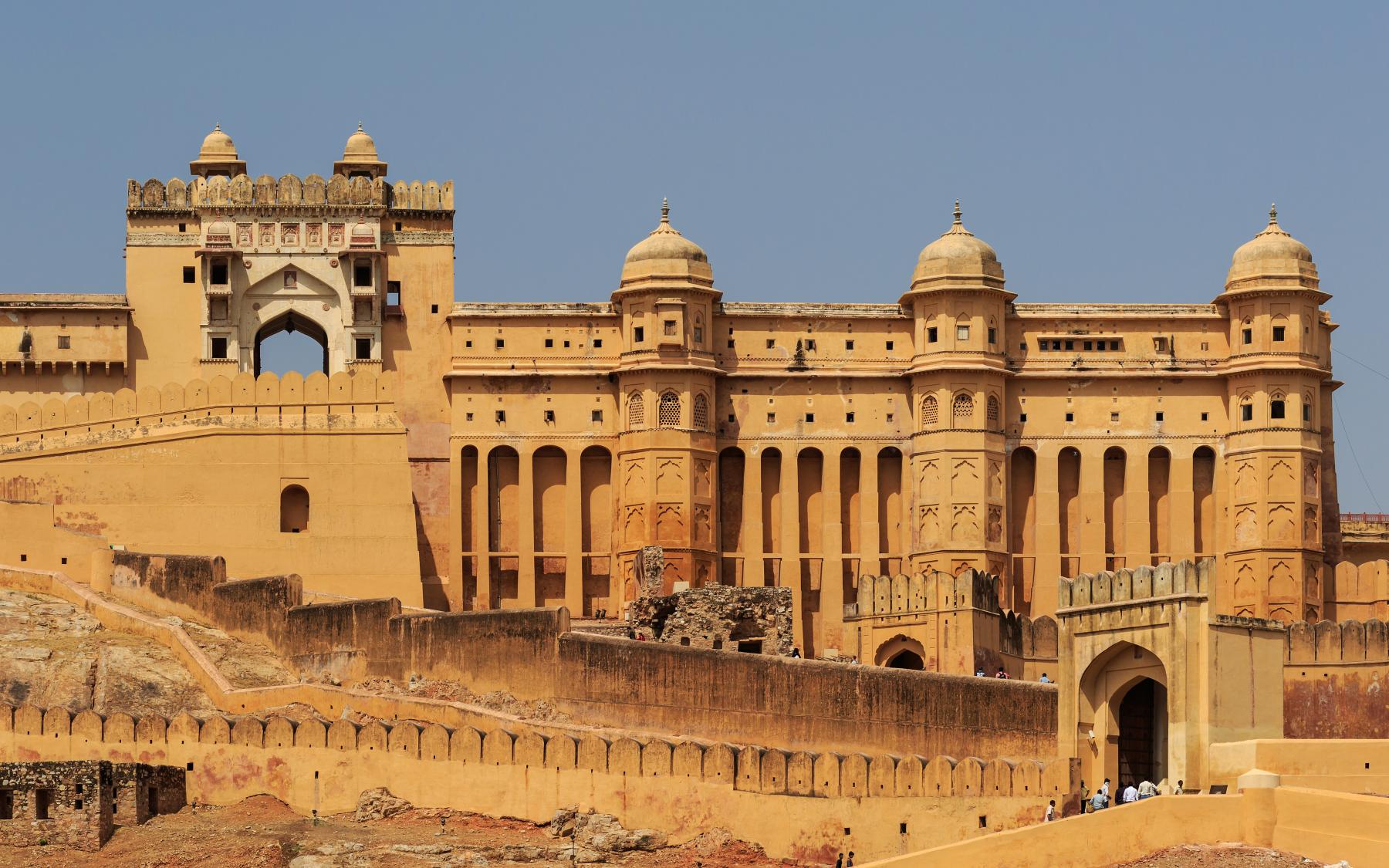
Amber Fort is perhaps India's most well-known fort. It gets its name from Amber (also known as Amer), a small heritage town about 20 minutes northeast of Jaipur. In 1592, Rajput ruler Maharaja Man Singh I began construction on the fort. It was expanded and occupied by successive rulers until Jaipur was built and the capital relocated there in 1727. It is now one of Jaipur's most popular tourist destinations.
The fort is one of six Rajasthan hill forts designated as a UNESCO World Heritage site in 2013 (the others are Jaisalmer Fort, Kumbhalgarh, Chittorgarh, Ranthambore Fort, Gagron Fort, and Amber Fort). Its architecture is a stunning combination of Hindu and Mughal influences. The fort complex is made of sandstone and white marble and consists of courtyards, palaces, halls, and gardens. The Sheesh Mahal (Mirror Palace), with its intricately carved, glittering walls and ceilings, is widely regarded as the most beautiful part of it. The evening sound and light show to explain the history of the Fort.
02. Mehrangarh Fort, Jodhpur, Rajasthan
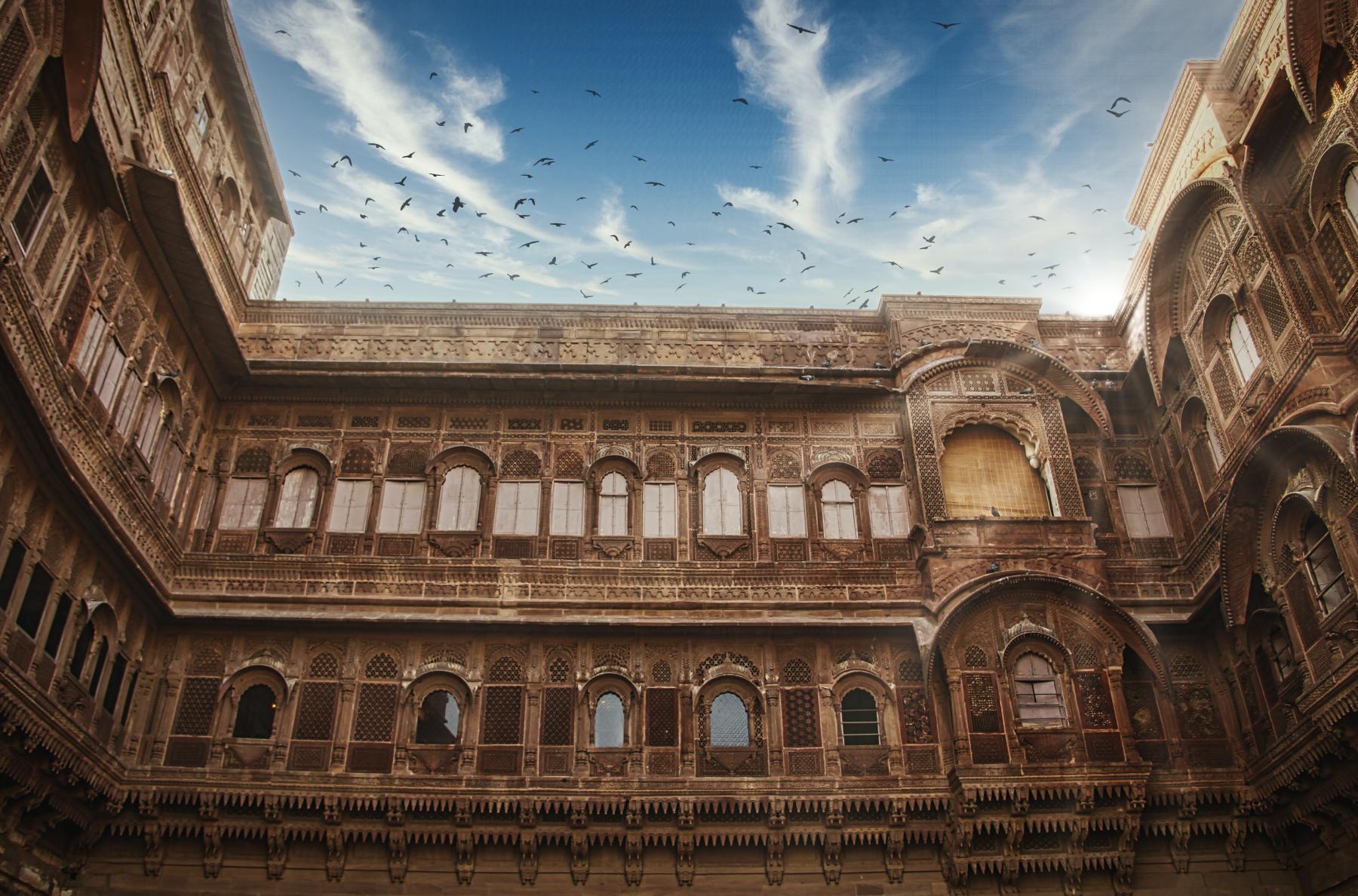
Mehrangarh Fort is not only one of Jodhpur's most popular attractions, but it is also one of India's most impressive and well-preserved forts. It looms over the "Blue City" from its lofty perch atop a rocky hill, where it was built by the ruling Rathore Rajputs dynasty. When King Rao Jodha established his new capital in Jodhpur in 1459, he began construction on the fort. However, subsequent rulers continued to carry out the work until the twentieth century. As a result, the architecture of the fort is remarkably diverse.
Unlike other Rajput forts that were abandoned, Mehrangarh Fort is still owned by the royal family. They've restored it and turned it into an excellent tourist destination with palaces, museums, and restaurants. What distinguishes the fort from others in Rajasthan is its emphasis on folk art and music. Every day, cultural performances are held at various locations throughout the fort. Furthermore, the fort serves as the setting for renowned music festivals such as the World Sacred Spirit Festival in February and the Rajasthan International Folk Festival in October.
03. Jaisalmer Fort, Rajasthan
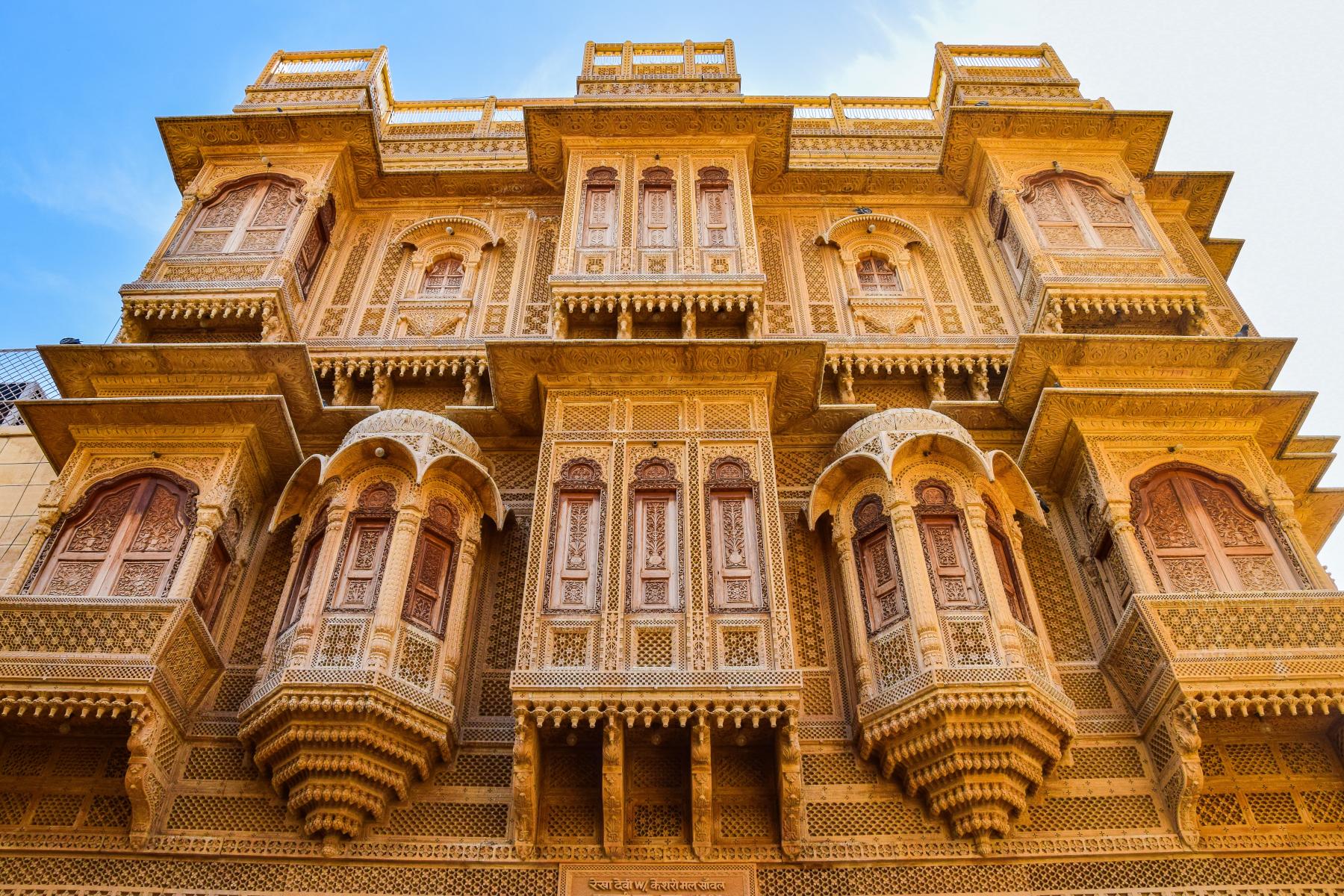
There aren't many places in the world where you can visit a "living" fort, but one of them is Jaisalmer in the Thar desert. Thousands of people have been living in the city's mirage-like yellow sandstone fort for generations. Within the fort are numerous shops, hotels, restaurants, a palace complex, old haveli mansions, and temples.
Rawal Jaisal, a Bhati Rajput ruler, began construction on Jaisalmer Fort in 1156, making it one of Rajasthan's oldest forts. It eventually grew to cover the entire hill, transforming itself into a city that grew in population during times of conflict. The fort withstood numerous battles. However, due to illegal construction and poor drainage, its condition is rapidly deteriorating. Wastewater has seeped into the fort's foundations, causing it to become unstable and parts to collapse.
04. Udaipur City Palace, Rajasthan
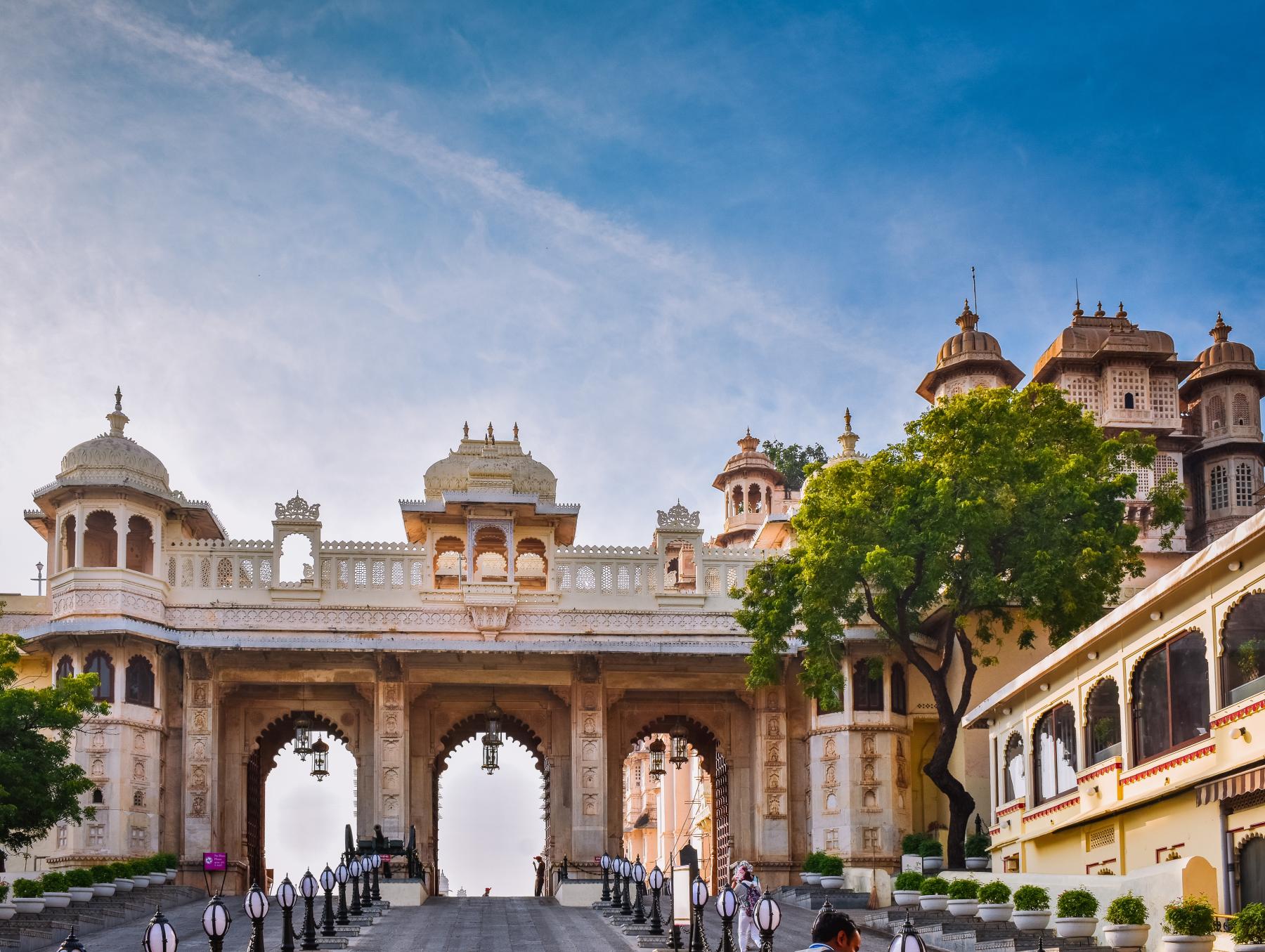
Romantic Udaipur is known for its palaces and lakes. Mewar ruler Maharana Udai Singh II founded it in 1559, and the kingdom's capital was later relocated there from Chittorgarh following the Mughal invasion. The City Palace Complex, which borders Lake Pichola, is at its heart. Notably, the Mewar royal family is still partially occupying it today. They've done an excellent job of transforming it into a tourist destination that vividly depicts the history of the Maharanas of Mewar. The City Palace Museum is the "jewel in the crown" (pardon the pun).
The museum includes the City Palace's Mardana Mahal (King's Palace) and Zenana Mahal (Queen's Palace). It is the oldest and largest part of the City Palace Complex, having been built over four and a half centuries. The architecture, as well as the priceless private royal galleries, artwork, and photographs, are the main attractions.
05. Chittorgarh, Rajasthan
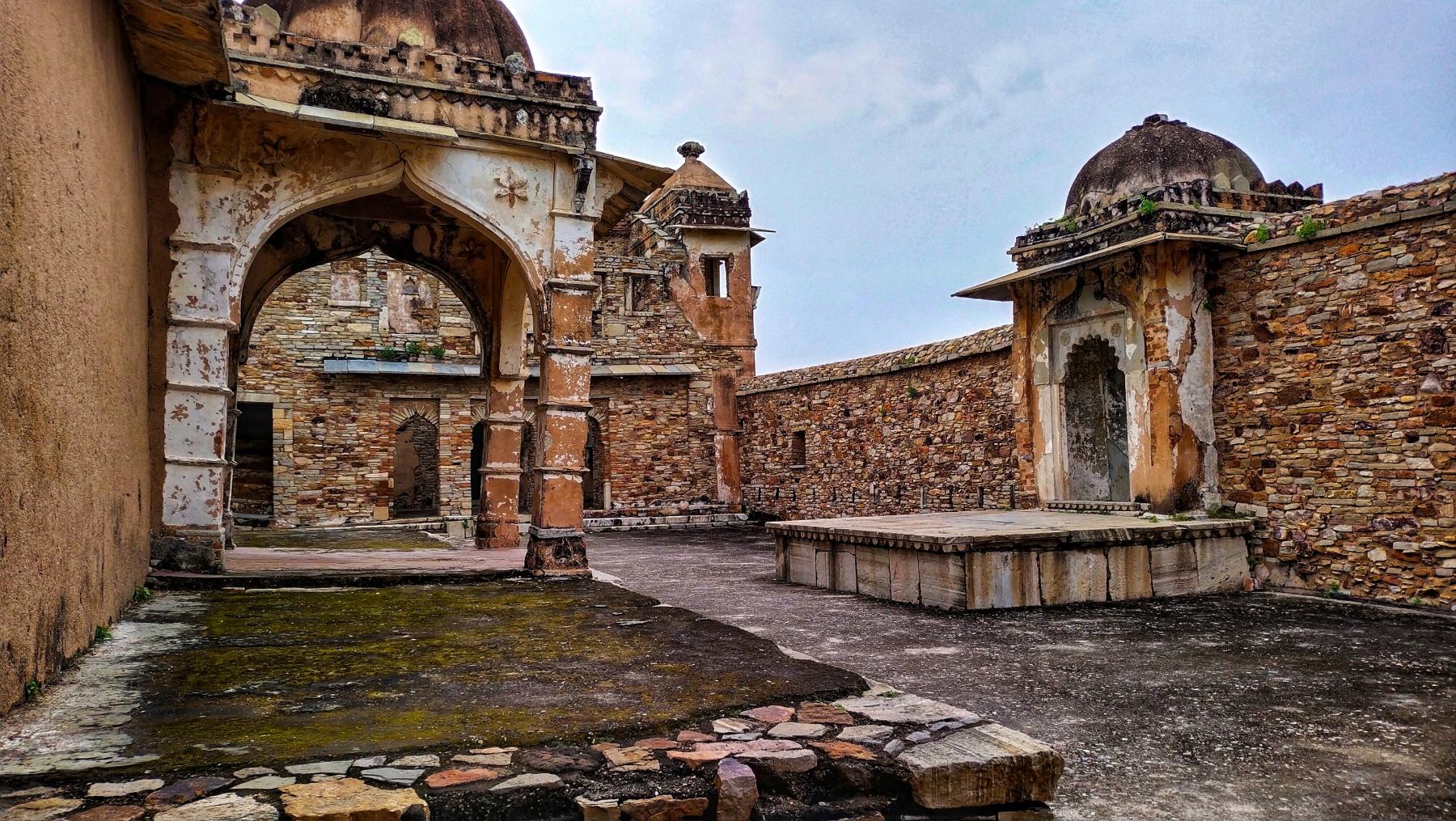
The massive Chittorgarh Fort is considered the best fort in Rajasthan and one of the largest in India. It covers approximately 700 acres! Mewar kings ruled from the fort for eight centuries until it was besieged and captured by Mughal Emperor Akbar in 1568. In 1616, Akbar's eldest son, Jehangir, returned the fort to the Mewars. They never settled there, however.
Because of its size, the fort is best explored by vehicle, and it's best to allow at least three hours to do so. Some of it is in ruins, but its former glory can still be seen. There are old palaces, temples, towers, and a reservoir where you can feed fish. Climb to the top of Vijay Stambha (Victory Tower) for a spectacular view.
The area used as a royal cremation ground is perhaps the most shocking part of the fort. On three occasions when rival armies took the fort in the 15th and 16th centuries, tens of thousands of Rajput women immolated themselves, choosing death over dishonor.
Chittorgarh is in southern Rajasthan, roughly halfway between Delhi and Mumbai and just over two hours from Udaipur. It is easily accessible by day trip or side trip from Udaipur.
06. Kumbhalgarh, Rajasthan
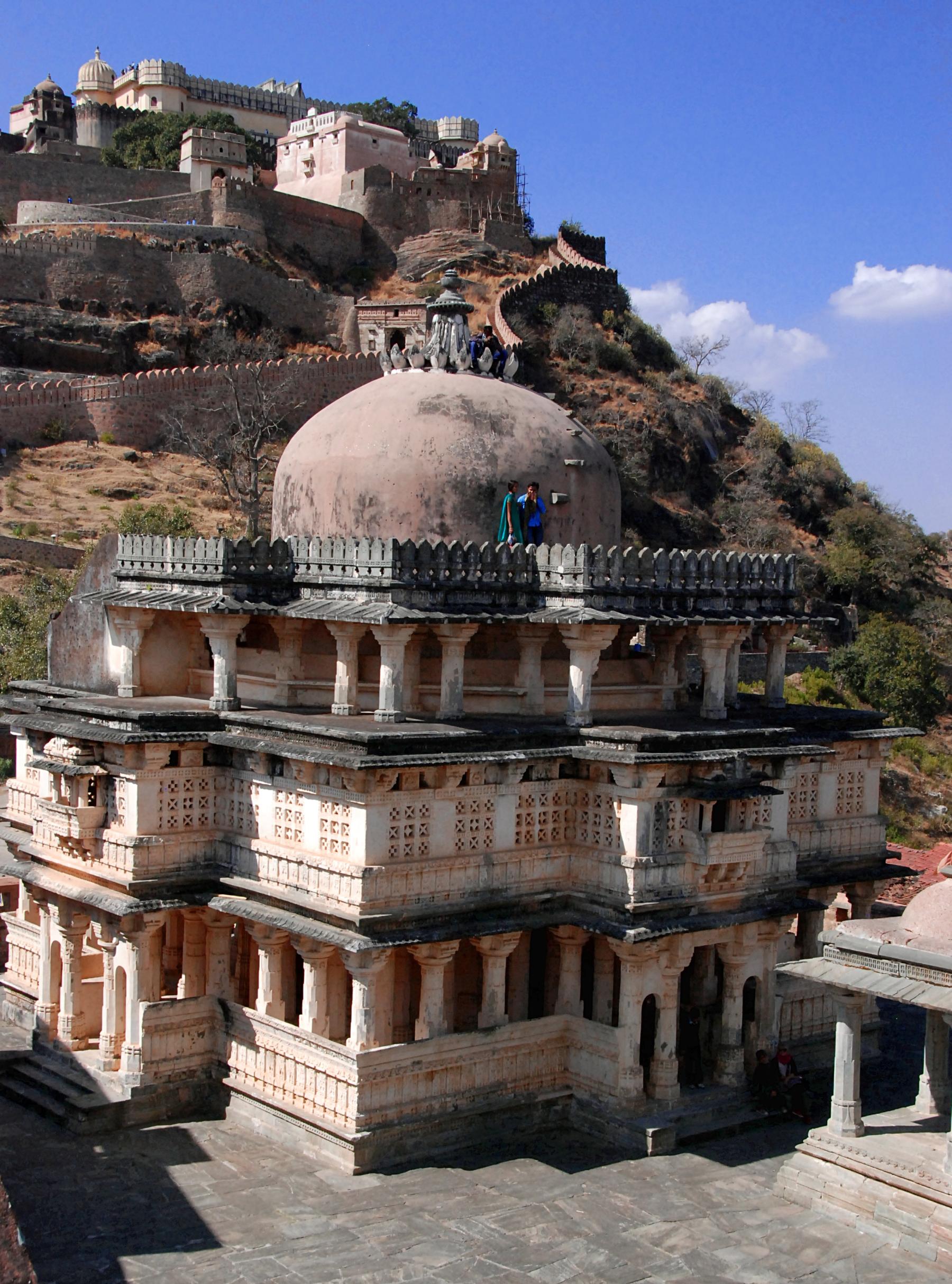
Kumbhalgarh's imposing fort wall, known as "The Great Wall of India," stretches for more than 35 kilometers and is the world's second-longest continuous wall (the Great Wall of China is the first).
After Chittorgarh, Kumbhalgarh was the most important fort in the Mewar kingdom. During times of danger, the rulers would retreat to Kumbhalgarh because it was impenetrable. During the 15th century, Mewar ruler Rana Kumbha constructed the fort. It appears that it took him 15 years and multiple attempts to complete it! It contains approximately 360 ancient temples, as well as palace ruins, step wells, and cannon bunkers. Kumbhalgarh's imposing fort wall, known as "The Great Wall of India," stretches for more than 35 kilometers and is the world's second-longest continuous wall (the Great Wall of China is the first).
There are numerous travel agencies in the area where you can rent a car. Many visitors combine their visit to Kumbhalgarh with a visit to Haldi Ghati or the Jain temples of Ranakpur.
07. Jaipur City Palace, Rajasthan
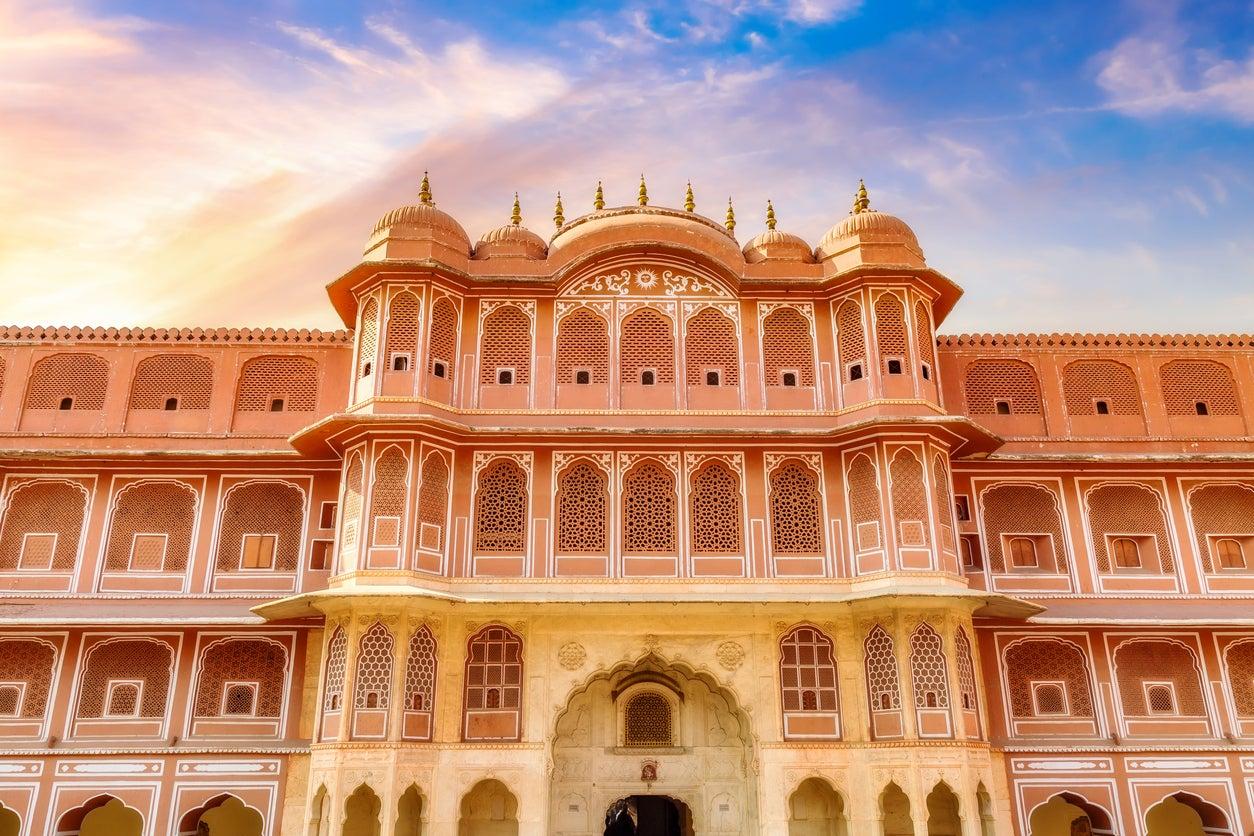
The City Palace Complex, located in the heart of Jaipur's Old City, was primarily constructed between 1729 and 1732 by Maharaja Sawai Jai Singh II. He had been ruling successfully from nearby Amber Fort, but the rising population and water scarcity forced him to relocate his capital to Jaipur in 1727.
The royal family continues to live in the palace's Chandra Mahal section (their family flag still flies atop it when the Maharaja is in residence), while the rest has been converted into the Maharaja Sawai Man Singh II museum. The Royal Grandeur tour through the inner quarters of the Chandra Mahal costs 2,500 rupees for foreigners and 2,000 rupees for Indians. You'll have to make do with exploring the rest of the palace.
Pitam Niwas Chowk, the interior courtyard that leads to the Chandra Mahal, is the most striking feature. It features four beautifully painted doors or gates that represent the four seasons and are dedicated to the Hindu gods Vishnu, Shiva, Ganesh, and Goddess Devi (the mother goddess). The peacock motifs on the Peacock Gate doorway are particularly beautiful and have been widely photographed.
08. Agra Fort, Uttar Pradesh
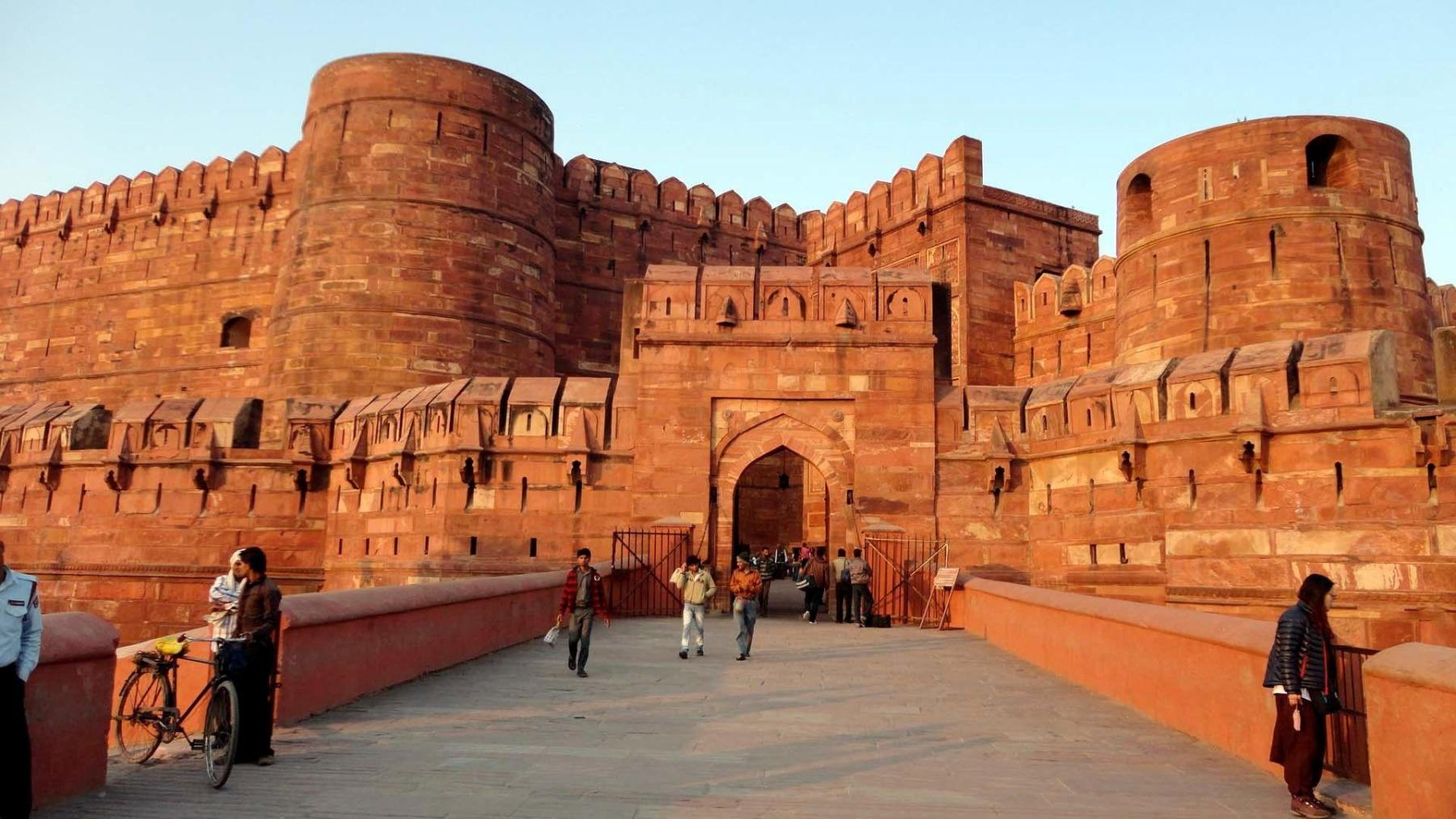
The Taj Mahal, unfortunately, overshadows Agra Fort, which should be visited before it as a poignant prequel to the monument. The fort was India's first grand Mughal fort, from which four generations of powerful Mughal emperors ruled during the Mughal empire's peak. Furthermore, it was one of the first sites in India to be designated as a UNESCO World Heritage Site in 1983.
Emperor Akbar built the fort in its current form in the 16th century when he decided to strategically establish a new capital in Agra. He built it primarily for military purposes. Emperor Shah Jahan, Akbar's grandson, later added the opulent white marble palaces and mosques in the 17th century. (He adored white marble so much that he used it to construct the Taj Mahal).
When Shah Jahan established his new capital in Delhi in 1638, he modeled the Red Fort on Agra Fort. He died in Agra Fort, however, after being imprisoned there by his power-hungry son Aurangzeb, who ascended to the throne.
The British took control of the fort in 1803 and it was a battleground during the 1857 Indian Rebellion, which threatened the British East India Company's rule. The British handed over the fort to the Indian government when they left India in 1947. The Indian Army now uses the majority of it.
09. Red Fort, Delhi
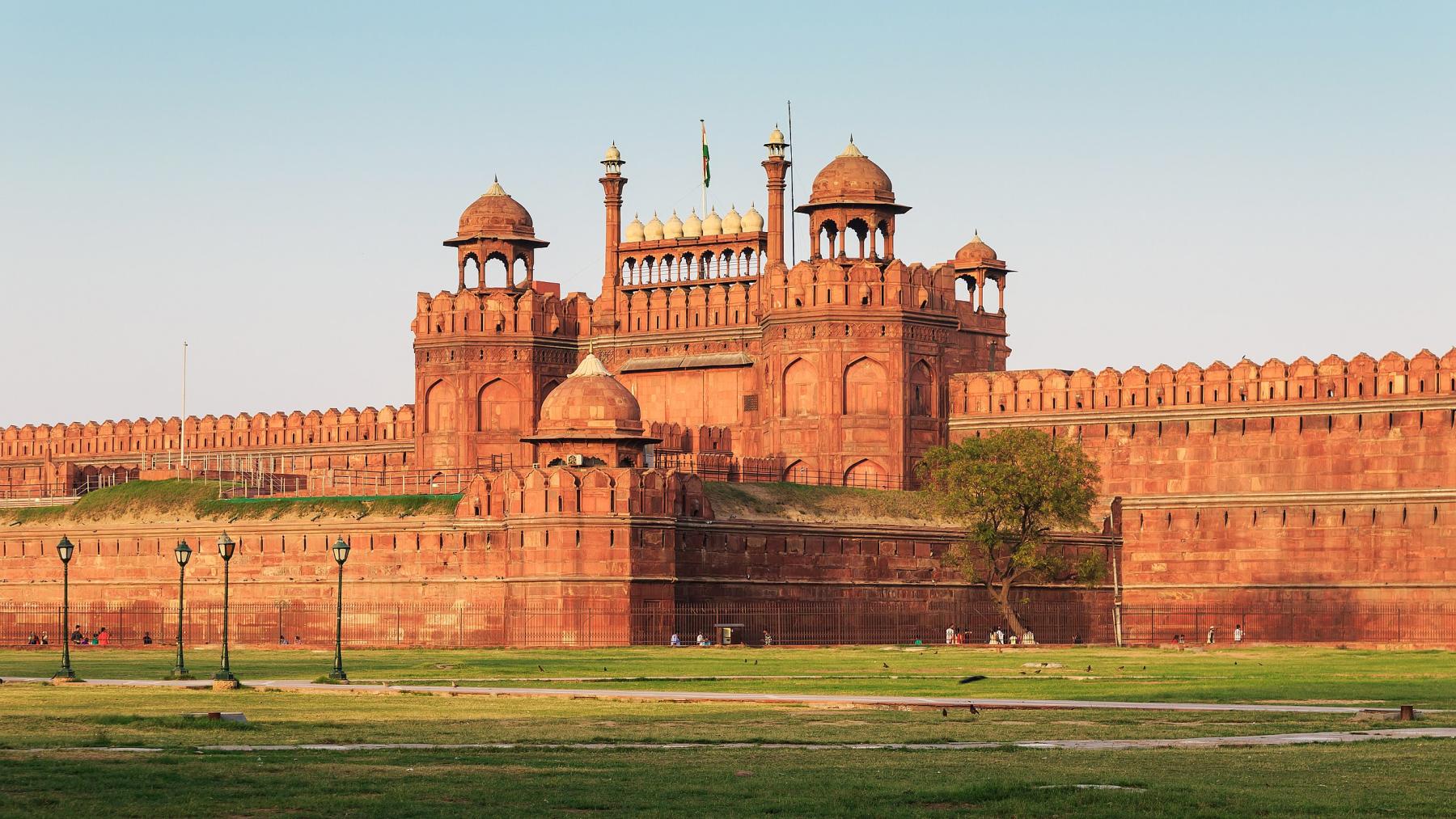
The Red Fort, one of Delhi's top attractions and most famous monuments, is a powerful reminder of the Mughals who ruled India, but it is also an icon of independent India. It was finished in 1648. In accordance with his ambition and lavish tastes, Emperor Shah Jahan designed it to resemble the Red Fort in Agra, but on a much grander scale. The Red Fort was designated a UNESCO World Heritage Site in 2007 in recognition of its historical significance.
Unfortunately, the fort's prosperity was short-lived. It declined in tandem with the Mughals' power and the royal family's fortunes. In 1739, the Persians pillaged it, stealing many valuables. The Sikhs, Marathas, and British also took control. Following the failed Indian Rebellion of 1857, the British destroyed much of the fort's palatial buildings and then established an army base within it. When India gained independence from the British nearly a century later, the Red Fort was chosen as the primary site of public celebration.
The fort's Old Delhi location, opposite Chandni Chowk, is fascinating and close to Jama Masjid, another marvelous Old City treasure and one of India's largest mosques. During the Navaratri and Dussehra festivals, the area around the Red Fort comes alive with fairs and Ram Lila performances.
10. Gwalior Fort, Madhya Pradesh
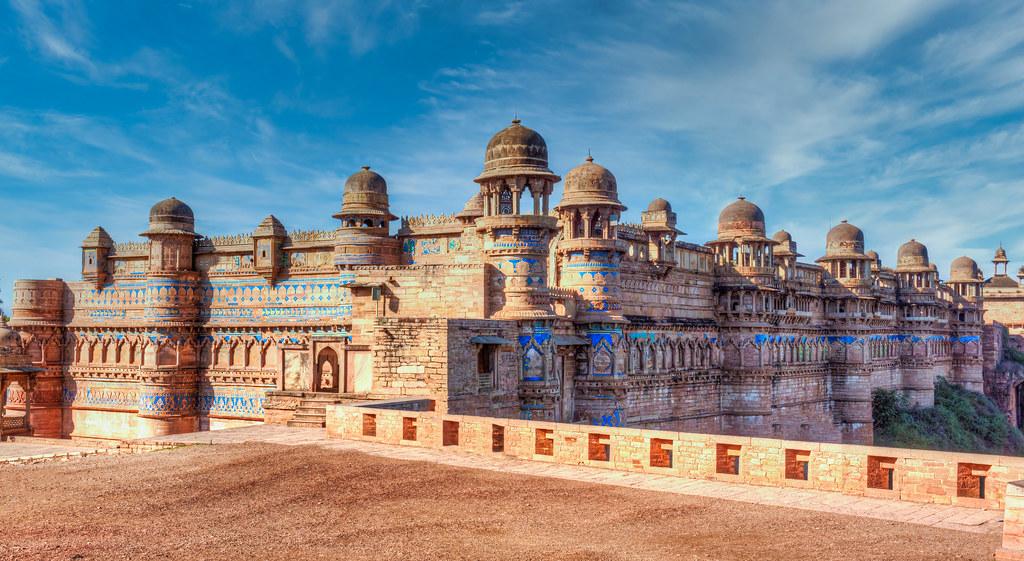
Gwalior Fort, one of the must-see tourist attractions in Madhya Pradesh, has a long and turbulent history.
The history of the fort dates back to 525. It has been subjected to numerous attacks and has had numerous rulers over the years. The fort did not rise to prominence until the reign of the Rajput Tomar dynasty, when it was built to its current scale and grandeur. Between 1486 and 1516, ruler Raja Man Singh Tomar built one of the fort's main highlights, Man Mandir Palace. Its exterior walls are distinguished by blue mosaic tiles and rows of yellow ducks.
During their reign, the Mughals used the fort as a prison.
The fort is large enough that you should bring your own transportation because there is a lot to see inside. A number of historic monuments, Hindu and Jain temples, and palaces (one of which, the Gujari Mahal, has been converted into an Archaeological Museum) are housed within the compound.
The most impressive entrance to the fort, known as Hathi Pol (Elephant Gate), is on the eastern side and leads into Man Mandir palace. It is, however, only accessible on foot and requires a steep ascent through a series of other gates. The western gate, Urvai Gate, is easily accessible by car, but it is nowhere near as impressive. On the way up, however, there are some intricate Jain sculptures cut into the rock that should not be missed.
Every night, a sound and light show is performed in the fort's open-air amphitheater.
11. Golconda Fort, Hyderabad
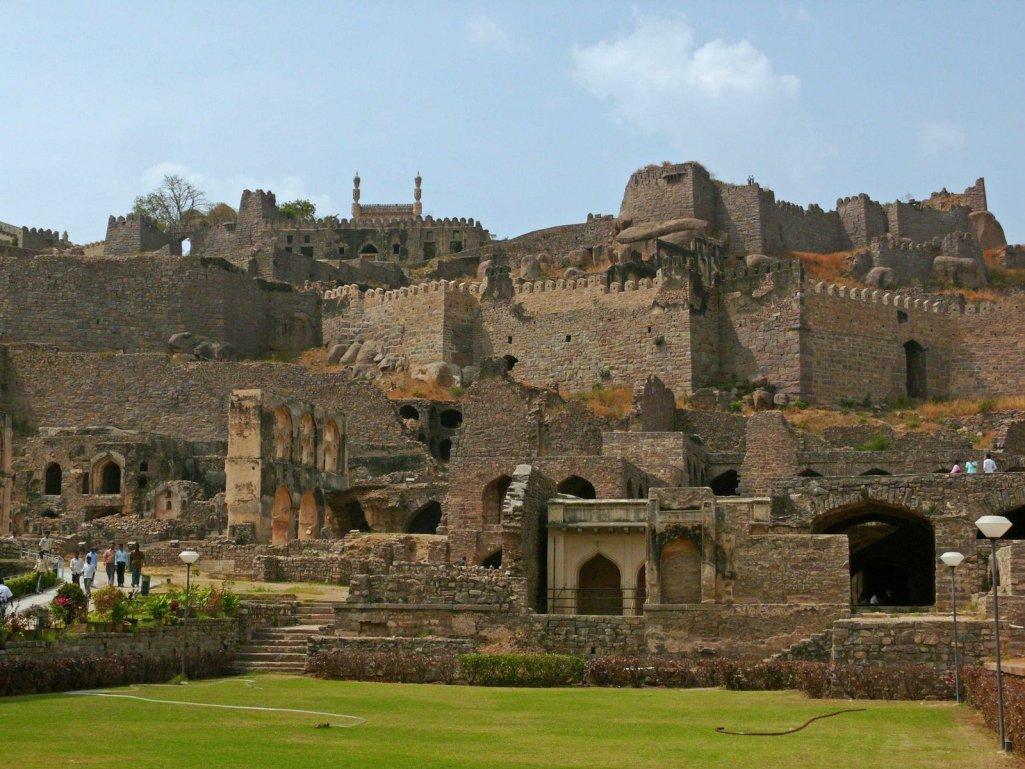
The ruins of Golconda Fort, located on the outskirts of Hyderabad, are a popular day trip from the city. The fort began as a mud fort in the 13th century when the Kakatiya Kings of Warangal founded it. However, its heyday was from 1518 to 1687, during the reign of the Qutub Shahi dynasty.
Later, in the 17th century, Golconda Fort became well-known for its diamond market. In the area, some of the world's most valuable diamonds were discovered.
The ruins of the fort include many gateways, drawbridges, temples, mosques, royal apartments and halls, and stables. Some of its bastions still have canons mounted on them. What makes the fort particularly interesting is its architecture and unique acoustic design. Clapping can be heard more than a kilometer away at Bala Hissar Gate, the fort's main entrance if you stand at a certain point under the dome at Fateh Darwaza (Victory Gate). This was apparently used to warn the royal occupants of an impending attack.
An evening light and sound show tell the story of the fort.
12. Mysore Palace, Karnataka
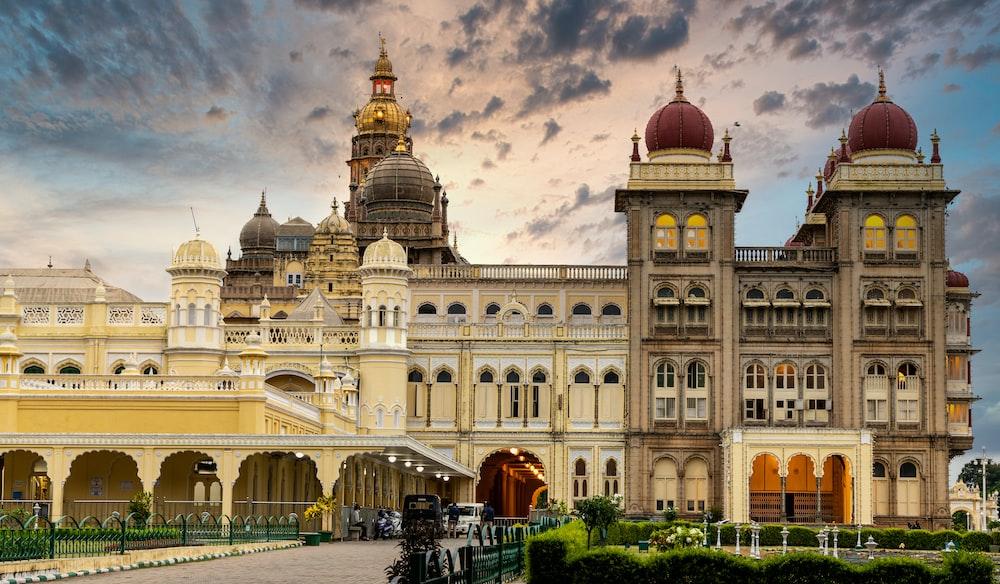
In terms of Indian palaces, Maharaja's Palace (also known as Mysore Palace) is relatively new. It was built between 1897 and 1912 and was designed by British architect Henry Irwin. The palace is owned by the Wodeyar kings, who built the first palace in Mysore in the 14th century. However, it was repeatedly demolished and rebuilt. The previous palace, which was constructed of wood in the Hindu style, was destroyed by fire. The current palace is built in the Indo-Saracenic style, which combines Hindu, Islamic, Rajput, and Gothic influences.
The marble domes are the palace's most prominent feature. Some may consider its opulent interiors to be excessive. In addition to private and public audience halls, there is a marriage hall, antique doll pavilion, armory, royal painting gallery, and sculpture and artifact collection. Inside, however, photography is not permitted.
What makes the palace truly spectacular is that it is India's only illuminated royal structure. Every Sunday evening at 7 p.m., 100,000 or so bulbs illuminate the exterior for about 45 minutes, as well as briefly after the nightly sound and light show. It is also illuminated at night for the entire 10 days of the Mysore Dasara Festival.
13. Chitradurga Fort, Karnataka
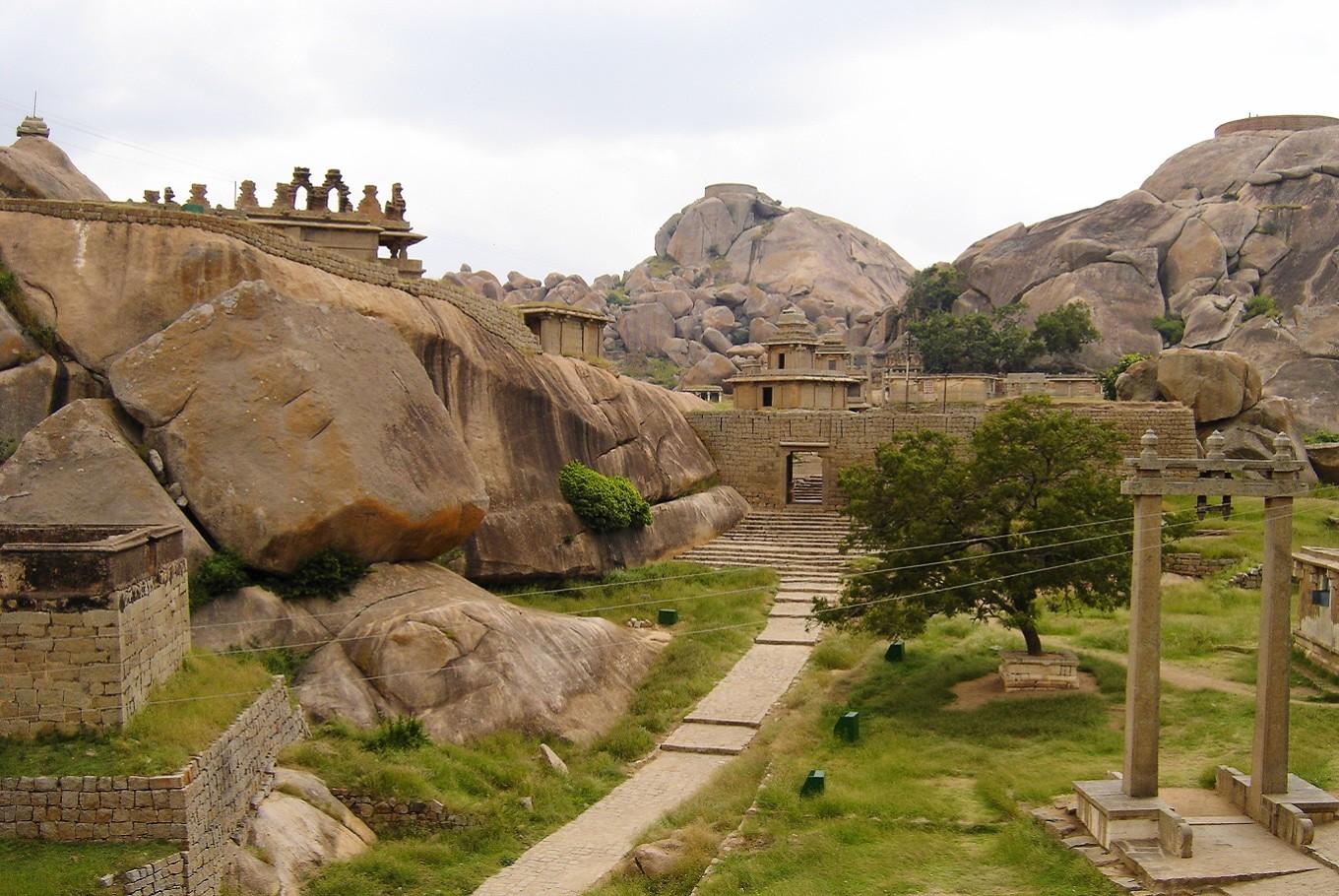
On the way to Hampi from Bangalore or Mysore, stop at Chitradurga Fort. You could easily spend a half-day, if not an entire day, exploring its vast area and learning about the many legends associated with it. Wear appropriate footwear, though, because there will be a lot of climbing and walking!
The fort is spread across 1,500 acres of rocky hills. From the 10th to the 18th centuries, it was built in stages by rulers of various dynasties (including the Rashtrakutas, Chalukyas, Hoysalas, Vijayanagar, and Nayakas). The Nayakas, who took over Chitradurga after the Vijayanagar empire fell, did the majority of the fortification work between the 16th and 18th centuries. The fort is known as a stone fort because its ramparts are made of massive blocks of granite that blend in with the landscape's abundant boulders. The fort appears to have 35 secret pathways and four invisible passages in addition to its numerous concentric walls, gateways, and entrances. There are also 2,000 watchtowers!
Nonetheless, after repeated attacks on Chitradurga, Hyder Ali (who ascended to the throne from the Wodeyars of Mysore) took control of the fort in 1779. He and his son, Tipu Sultan, completed it, including the construction of a mosque. During the Fourth Mysore War in 1799, the British assassinated Tipu Sultan and stationed their troops in the fort. They later turned it over to the Mysore government.
Many ancient temples, artillery units, stone carvings and sculptures, grinding stones (powered by buffaloes and used to crush gunpowder), cauldrons for storing oil, water tanks, a majestic teak door, and a peak with panoramic views are among the attractions inside the fort. The Hidimbeshwara temple, dedicated to the powerful demon Hidimba, was formerly a Buddhist monastery and is the most interesting temple in the fort. It houses a demon's tooth and a drum once owned by her husband Bhima, one of the Pandavas brothers from the Hindu epic "The Mahabharata."
14. Junagarh Fort, Bikaner, Rajasthan
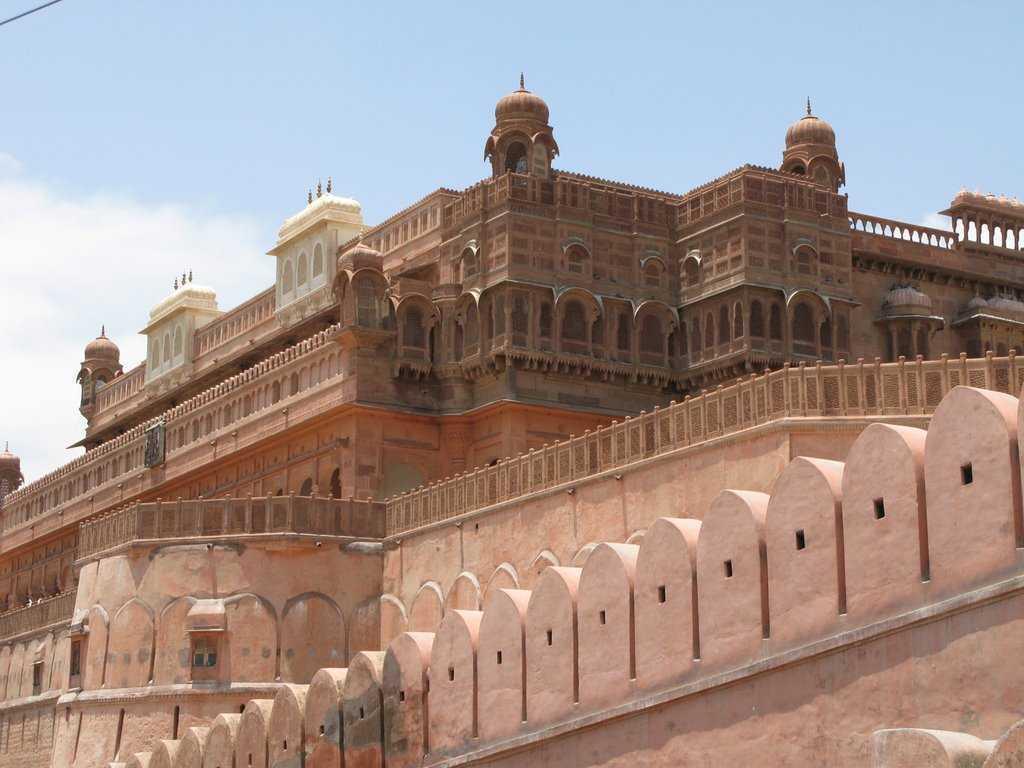
Junagarh Fort, though one of Rajasthan's lesser-known forts, is no less impressive. What makes it unique is that it is one of the few forts in India that is not located on a hilltop. The fort is located in the heart of Bikaner, and the city has grown around it.
During his reign from 1571 to 1612, Raja Rai Singh, Bikaner's sixth ruler, built the fort. He was a well-traveled arts and architecture expert, and his knowledge is reflected in the fort's magnificent structures. Following rulers added opulent palaces, ladies' quarters, audience halls, temples, and pavilions.
Chintamani was the fort's original name. When the royal family relocated to Lalgarh Palace outside the fort's boundaries in the early twentieth century, it was renamed Junagarh (Old Fort). They do, however, continue to maintain it and have opened a portion of it to the public. There are guided tours available, as well as two museums containing many fascinating royal artifacts and memorabilia.